China’s National Economic-Technological Development Zones Poised for Strategic Upgrade to Lead High-Quality Global Integration
This article contains AI assisted creative content
On May 21, 2025, China's Ministry of Commerce officially issued the “Work Plan for Deepening Reform and Innovation in National Economic-Technological Development Zones (ETDZs) to Lead High-Quality Development through High-Level Opening-up” (Document No. Shangzihan [2025] 132). This comprehensive blueprint, ratified by the State Council, charts a clear path to accelerate innovation-driven growth, deepen international cooperation, and modernize China's flagship industrial zones amid the ongoing push for high-quality development and modernization.
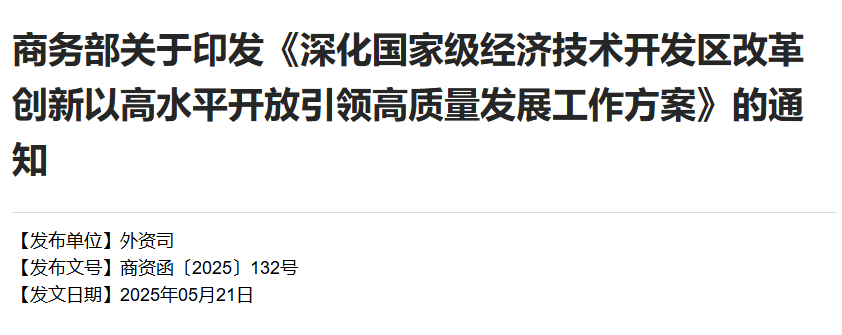
A Strategic Imperative Anchored in National Policy
The reform initiative represents a crucial pivot toward embedding high-level openness and systemic reform within China's core economic zones, aiming to bolster the country's role in the global economy. For international investors and multinational corporations, this signals a renewed commitment to fostering innovation ecosystems and facilitating foreign investment under increasingly sophisticated regulatory frameworks.
Fostering Innovation with Advanced Industrial and Research Platforms
The plan emphasizes augmenting the innovation capacity of ETDZs by promoting the establishment of major industrial and scientific research platforms within these zones. It explicitly encourages collaboration among leading technology companies, universities, and research institutes to drive breakthroughs and commercialize new technologies.
For example, ETDZs will be empowered to establish concept verification platforms, pilot testing centers, industrial metrology and quality infrastructure hubs, and “one-stop” service platforms for technology enterprises. This creates a fertile environment for tech start-ups and incubators, including those supported by national and local science funding programs. Particularly notable is the provision allowing these zones to apply directly for provincial-level innovation carriers, accelerating their integration into the broader innovation ecosystem.
International businesses can expect smoother access to cutting-edge research infrastructure and potentially greater opportunities to engage in collaborative innovation projects. Furthermore, zones are encouraged to develop offshore innovation bases, facilitating overseas R&D with domestic transformation — a significant incentive for global firms looking to leverage China's manufacturing and innovation landscape.
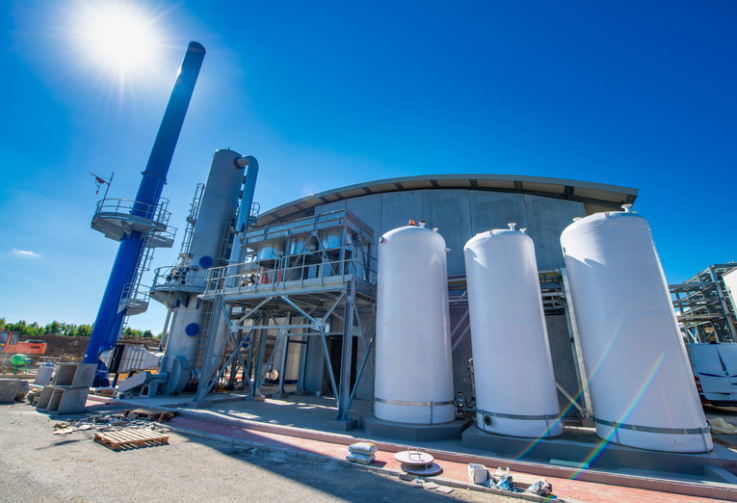
Strengthening Manufacturing Foundations and Digital Integration
China's ETDZs will play a key role in revitalizing traditional manufacturing through digital and green technologies, aligning with national priorities for sustainable industrial development. The plan supports participation in the National Industrial Foundation Rebuilding Project and large-scale equipment modernization, boosting the competitiveness of manufacturing sectors through intelligent upgrades and service-oriented manufacturing models.
The integration of digital economy elements, including the construction of high-standard digital parks, smart factories, and industrial internet platforms, is central. Importantly, zones in Western China are poised to benefit from the “East Data West Computing” initiative, a major national strategy to balance digital infrastructure and cloud computing resources across regions.
This integration offers multinational manufacturers and service providers enhanced opportunities to participate in China's rapidly evolving digital transformation, facilitating seamless data-driven production and supply chain innovation.
Securing Resilient Supply Chains and Expanding International Cooperation
The plan highlights the critical need to build stable and secure industrial and supply chains. Support is targeted at attracting and nurturing leading enterprises, unicorns, high-tech firms, and “Little Giants” (specialized and innovative SMEs). Zones will be encouraged to act as “chain leaders,” orchestrating coordinated supply chain improvements and fostering inter-zone cooperation, including cross-border industrial collaboration in border regions.
For foreign investors and trade insurers, this points to a more resilient and diversified ecosystem, mitigating risks associated with supply chain disruptions while unlocking synergies from coordinated industrial clusters.
Enhanced Openness to Foreign Investment and Trade Innovation
Recognizing the pivotal role of foreign direct investment (FDI), the plan prioritizes high-tech sectors such as integrated circuits, biomedicine, and advanced equipment manufacturing in attracting FDI projects. Local governments are tasked with intensifying support for landmark foreign investment projects, accelerating their approval and implementation.
Crucially, the work plan facilitates the growth of investment funds, including foreign capital funds, targeting emerging industries and SMEs within the ETDZs. This is complemented by tax incentives like deferred taxation on reinvested profits for overseas investors, improving the financial attractiveness of these zones.
Moreover, the plan strengthens the “Invest in China” branding efforts, leveraging platforms such as the China International Fair for Investment and Trade (CIFIT) to connect ETDZs with global investors and financial capital. Specialized professional investment promotion teams will be developed to optimize outbound and inbound investment facilitation, including overseas investment desks in key international markets.
Trade innovation is another cornerstone, with support for cross-border e-commerce, digital service exports, commodity trading centers, global distribution hubs, and international logistics facilities. Such efforts align with global supply chain trends and open novel entry points for foreign businesses seeking access to China's vast market and regional trade networks.
Governance Reforms and Business Environment Optimization
The reform package also details ambitious governance reforms aimed at enhancing operational efficiency and market-driven administration within ETDZs. This includes decentralizing provincial and municipal approval authorities to grant zones greater autonomy in economic management and emphasizing separation between administrative and development functions for clarity and specialization.
Efforts to construct world-class business environments are underscored by commitments to streamlined one-stop services, “online, instant, once-only” administrative processes, and inclusive regulatory frameworks. The plan encourages integrated regulatory measures such as smart supervision and combined inspections, reducing compliance burdens and enhancing transparency.
For foreign investors and multinational enterprises, these measures promise smoother bureaucratic navigation, increased legal certainty, and improved government-business relations.
Ensuring Resource Efficiency and Green Low-Carbon Development
The plan supports efficient land use tailored to advanced manufacturing and research functions, including innovative mixed-use industrial land to integrate R&D, pilot production, and design. Local governments are charged with strict supervision to prevent misuse of land for real estate speculation, ensuring industrial land supply stability.
Sustainability is another pillar, with encouragement for distributed power generation markets, participation in green certificate trading, and the development of corporate carbon accounting and product carbon footprint management systems. Such green initiatives resonate with global investors prioritizing environmental, social, and governance (ESG) criteria.












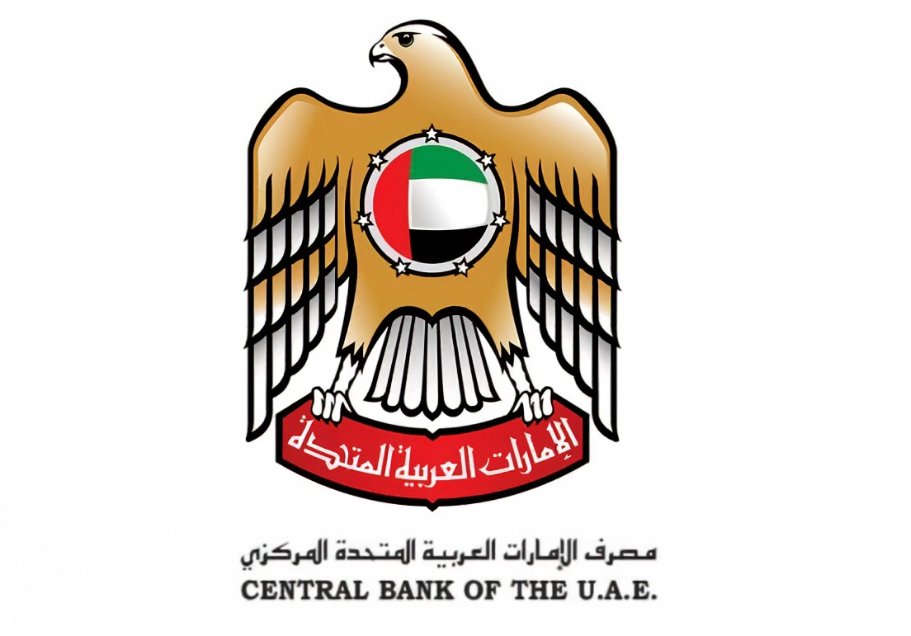
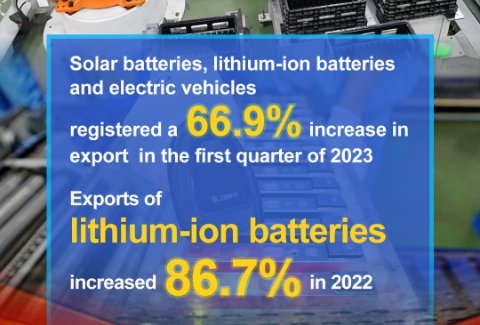




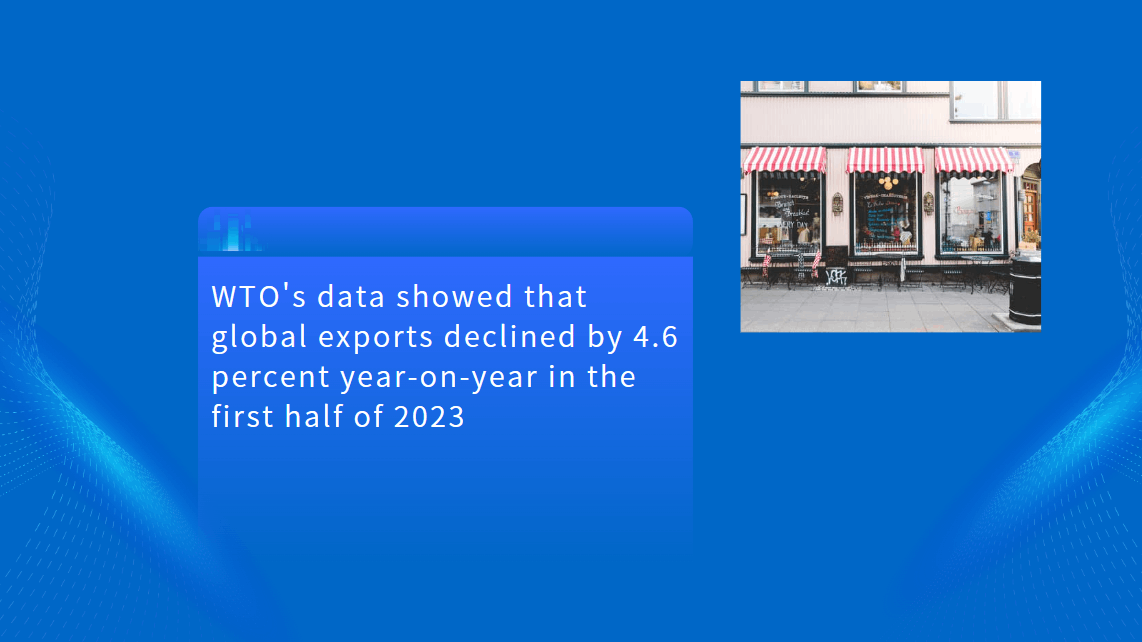
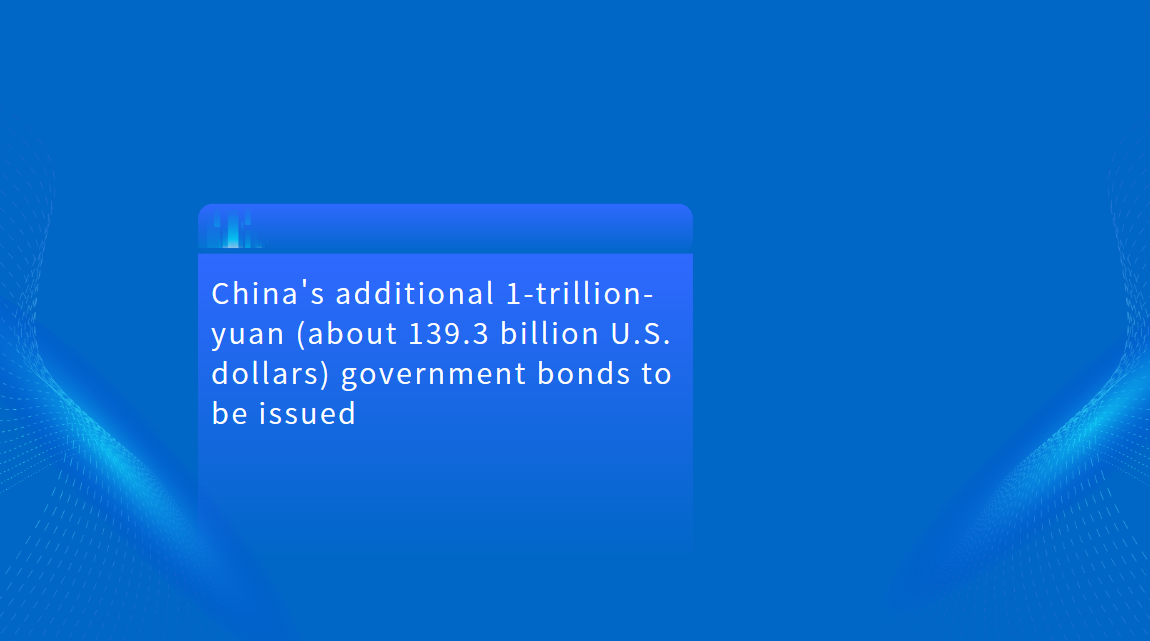

































First, please LoginComment After ~